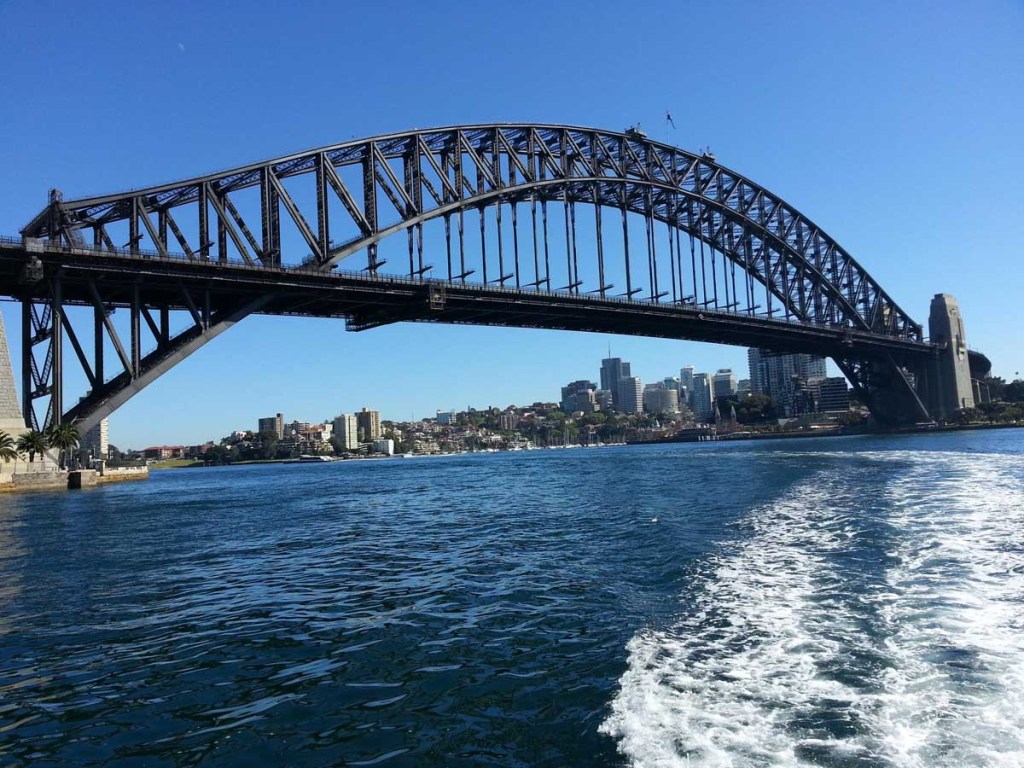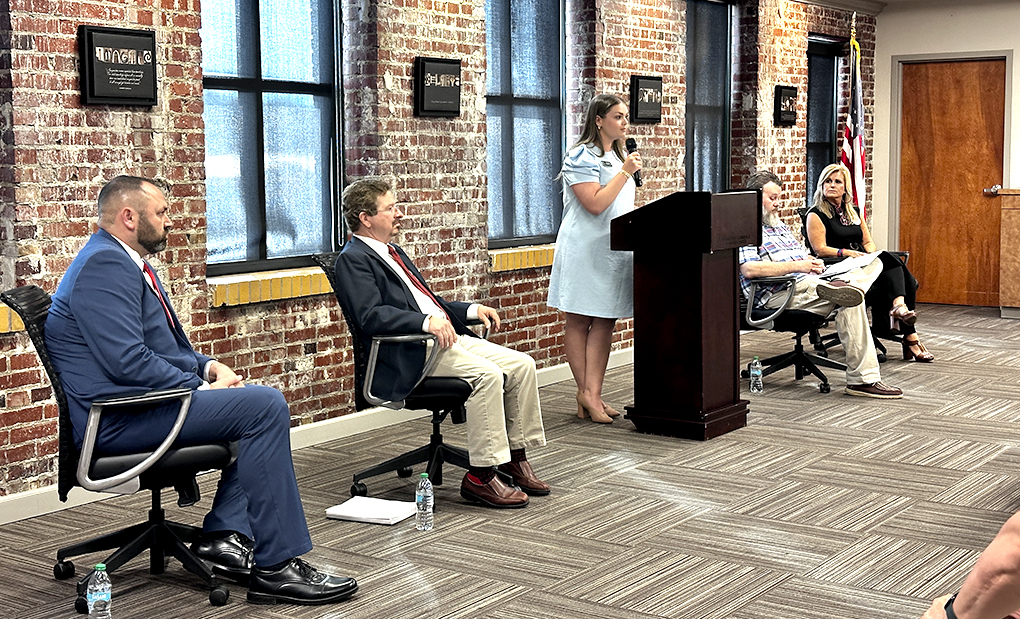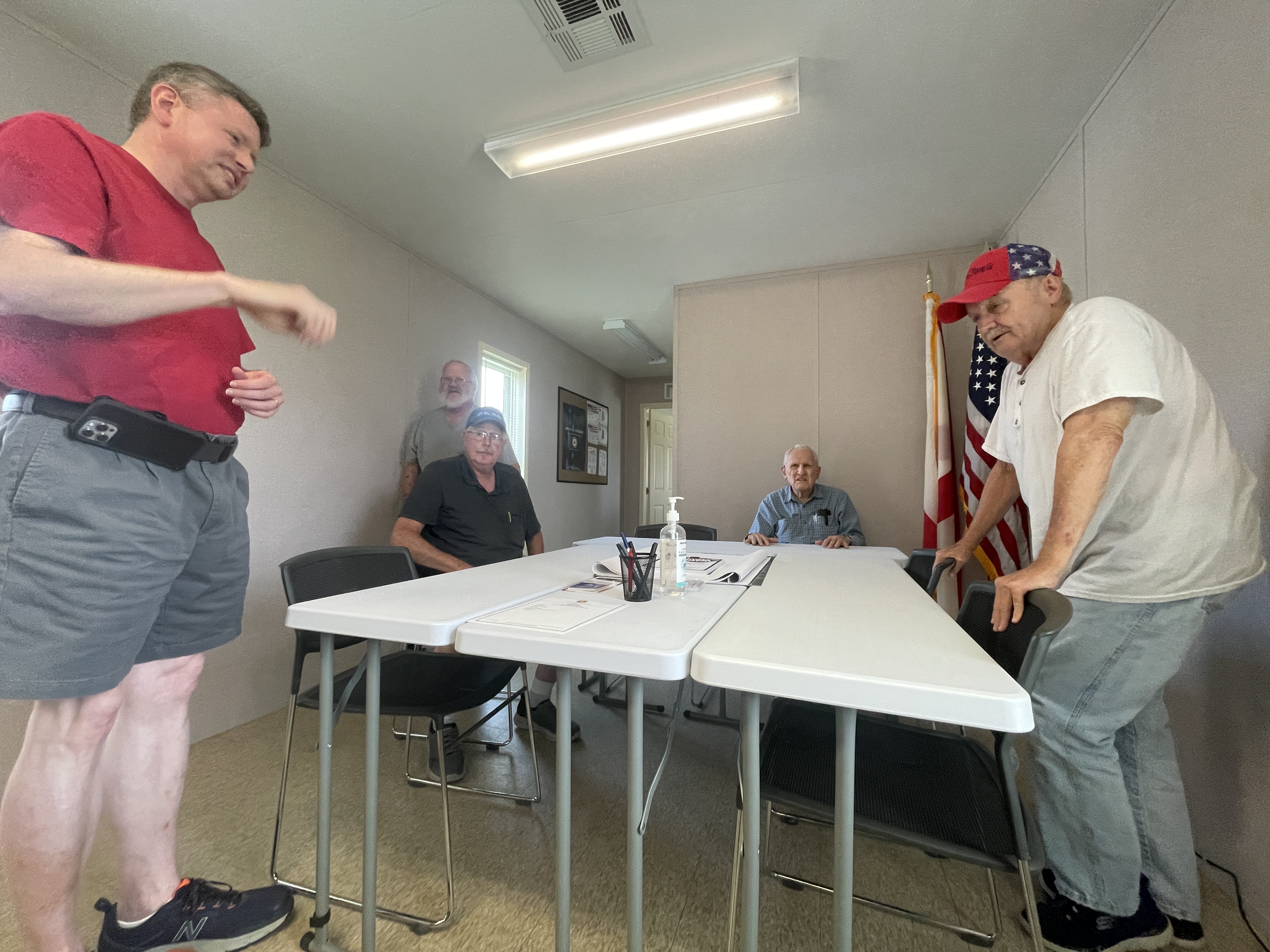2,000 bridge fixes later, Pennsylvania is still second worst in country
Published 8:00 am Friday, February 19, 2016

- 2,000 bridge fixes later, Pennsylvania is still second worst in country
HARRISBURG — We’re No. 2.
Pennsylvania has fixed about 2,000 bridges that were once considered structurally deficient, but the state’s crumbling spans are in worse shape than those in almost all other states.
Pennsylvania is second worst both in number of structurally deficient bridges, and in the percentage of bridges in need of repairs, according to an analysis released Thursday by the American Road and Transportation Builders Association.
A little more than 1-in-5 of Pennsylvania’s 23,000 bridges are considered structurally deficient.
Only Iowa has more structurally deficient bridges and only Rhode Island has a larger percentage of its bridge network in need of work.
Pennsylvania has long ranked among the worst states in the country for the state of its bridges. Pennsylvania had the most bridges in need of repair every year since 2008, Federal Highway Administration data shows. That was the year the bridge crisis peaked in Pennsylvania with 6,035 structurally deficient spans in the state.
“We’ve been driving that number down. But we need to keep at it,” said Eric Madden, executive vice president of the American Council of Engineering Companies of Pennsylvania.
Madden was among those who testified at one of a series of legislative hearings held this month over the growing controversy about how the state is spending gas tax money. Several of the groups that took the lead in lobbying for a gas tax increase in 2013 have raised concerns about the increasing amounts being diverted away from roads and bridges and toward the cost of state police coverage.
Gov. Tom Wolf has made one of his administration’s goals, that 1,800 more structurally deficient bridges will be fixed within the next four years.
But last year, the state shifted $755 million from the road and bridge fund to state police. In his budget proposal for 2016-17, Gov. Tom Wolf has called for increasing that to $814 million in the coming year. The governor is proposing to spend almost $1.3 billion of the gas tax money on roads and bridges.
Department of Transportation Secretary Leslie Richards warned earlier this month that if those trends continue, the state won’t have the money to do as much as $6 billion in road and bridge work promised when the state increased the gas tax in 2013. Roughly 30 percent of the projects that are unfunded and under development are bridge-related, PennDOT spokeswoman Erin Waters-Trasatt.
Texas has double the number of bridges that Pennsylvania has, but only one-quarter as many considered to be in poor condition.
Even states in similar climates have much better bridge infrastructure, the report found. Ohio and Illinois both have more bridges than Pennsylvania, but fewer that need repairs.
“When I visited lawmakers, no one ever said they wanted to use the money for state police. They wanted it for projects,” said former PennDOT Secretary Barry Schoch, in testimony before the Senate transportation committee last week.
Pennsylvania motorists pay 50.40 cents in state tax on every gallon of gas, according to the American Petroleum Institute. That’s the highest gas tax in the country.
Now, about 10 cents of tax on every gallon of gas is going to state police instead of roads and bridges, Schoch said at the hearing.
The 2013 transportation funding plan allowed PennDOT to work on 416 state bridges in 2015. The department estimates it’ll do the same for more than 700 bridges in 2016.
The state needs to repair or replace roughly 300 bridges a year to ensure the structurally deficient number is not rising, Waters-Trasatt said.
“Bridges are the 800-pound gorilla,” said Madden.
“This is nothing against the state police, they need money,” Madden said.
“But If we do nothing (about the diversion of gas tax), there are going to be consequences,” he said.





